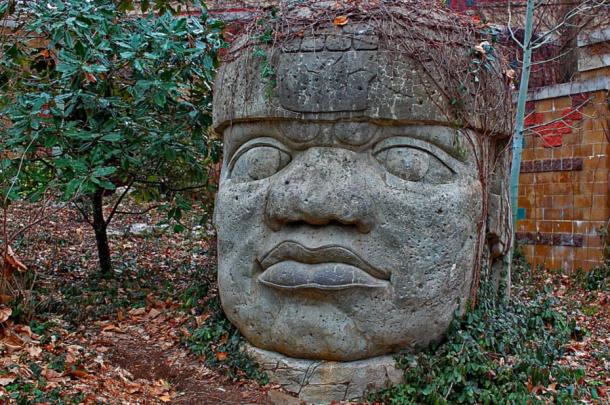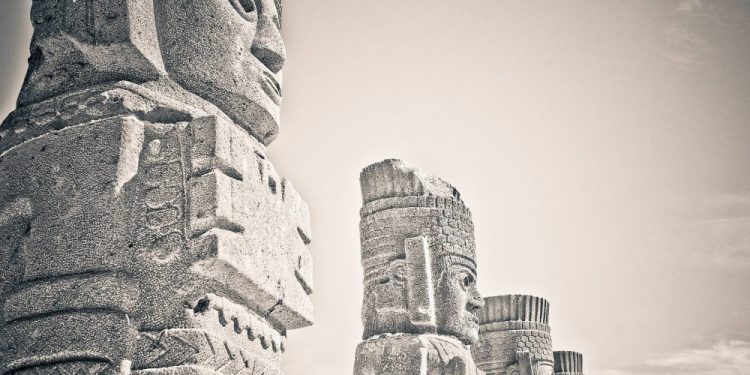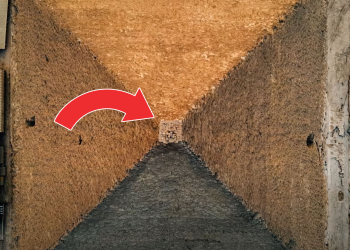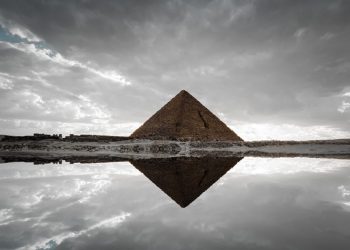When people are asked about Mesoamerican civilizations, few mention cultures other than the Aztecs and the Mayans. Especially in the latest decade when the Mayans were one of the major subjects due to their controversial calendar and the “end of the world” that never happened, the attention has not yet returned to the remaining ancient cultures of equal magnificence. The important fact is that this region was inhabited by many other ancient cultures and civilizations of equal importance to history. Here are three ancient Mesoamerican civilizations you may not know about, but you should.
The ancient Olmecs
The Olmecs appeared in the southern Gulf of Mexico about 3,000 years ago. They were multitudinous and highly educated people. However, it is not known where they came from. Over time, the mysterious civilization sank into oblivion, and other Native cultures settled on its lands. It was these other societies that the Aztecs called the Olmecs. Subsequently, this name passed to the ancient extinct civilization, and it was also named so, although the ancient people and the Aztec contemporaries called Olmecs had nothing in common.
A rich legacy
The Olmec civilization disappeared at the beginning of our era just as it appeared – as if out of nowhere. Interestingly, it is considered the main culture in Central America – experts consider it analogous to the culture of ancient Egypt, or in other words – the “mother” of all other ancient Mesoamerican civilizations. As incredible as it is, no traces of the origin and evolution of the Olmecs have been found. They had no writing; the only artifacts of this type are a few engraved symbols.
The Aztecs and the Olmec
We learn about the existence of the Olmecs from the ancient Aztec chronicles, although historians gave the name of the civilization in the 20th century. At this point, it seems as if the Olmecs emerged out of nowhere with already established cultural values and, in the same way, disappeared without leaving any information about their way of life and culture.

As I said, no written record is left, nor has any skeleton from this distant epoch been found. What was found were the remains of pyramid ruins and huge statues. This is what the ancient Olmecs are known for – their mysterious statues of human heads. Seventeen such statues have been discovered, giving us a glimpse at their ancient art and technological progress.
Toltecs
The Toltec culture emerged around the 9th century and established itself as one of the dominant civilizations in Central Mexico. The Toltecs were fierce warriors, but their art was the main reason they were so respected by their neighbors, the Mayans, or their successors, the Aztecs. Opinions vary, but the ancient Toltec artifacts, now known to our modern society, are perhaps the most accomplished and impressive works of art and sculpture from the ancient Mesoamerican civilizations.

Even after the end of the Toltec Empire around the end of the 12th century and the destruction of their capital city of Tula, the Mayans, and Aztecs often sent missions to the city to acquire wondrous works of art. Historical sources suggest that the Aztecs considered them their direct predecessors.
The demise of the Toltecs
The demise of the Toltec culture is shrouded in mystery. As it was a flourishing civilization with military power and even more accomplished artistry, it was destroyed. It is unknown which culture or society succeeded in destroying the capital of Tula. Once again, the main sources of information about this culture come from Aztec chronicles. They provide a complex timeline of Toltec rulers and exploits, but the information’s authenticity remains in question. This is because large pieces of the writings include mythological aspects.
Zapotec
The ancient Zapotec civilization flourished from around 700 BC to the beginning of the colonization of Mexico around 1521. Their main area of inhabitance was the Oaxaca Valley in modern-day southern Mexico. This is also the location of the first ancient Zapotec capital, Monte Alban, discovered and excavated almost 100 years ago. While it does not present the same interest as the major Mayan and Aztec cities for tourists, it is an incredible sight.

The Zapotec civilization was another one of the highly advanced cultures in Mesoamerica and certainly one of the longest-lasting ones. Their artistry differentiates from that of neighboring cultures, but they, too, built magnificent temples and buildings and were able to process mountain crystals, gold, and other solid materials. Among the finds in their ancient pyramids and tombs are gold bracelets, necklaces of gold and pearls, and many items of jade, agate, amber, obsidian, and coral.
Questions remain
How were these ancient Mesoamerican civilizations so advanced in art and construction? We will likely never find out. Another mystery is how suddenly they disappeared. As we previously said, the Zapotec civilization existed until the conquests of Cortes. However, there is no evidence of any military actions or violence. It is as if the Zapotecs vanished, leaving their magnificent cities behind.
Have something to add? Visit Curiosmos on Facebook. Join the discussion in our mobile Telegram group











